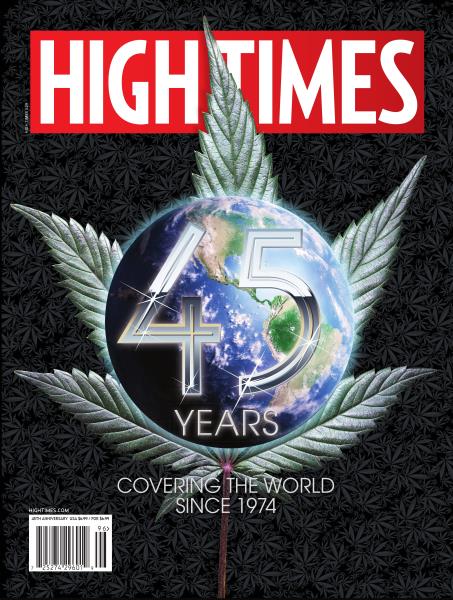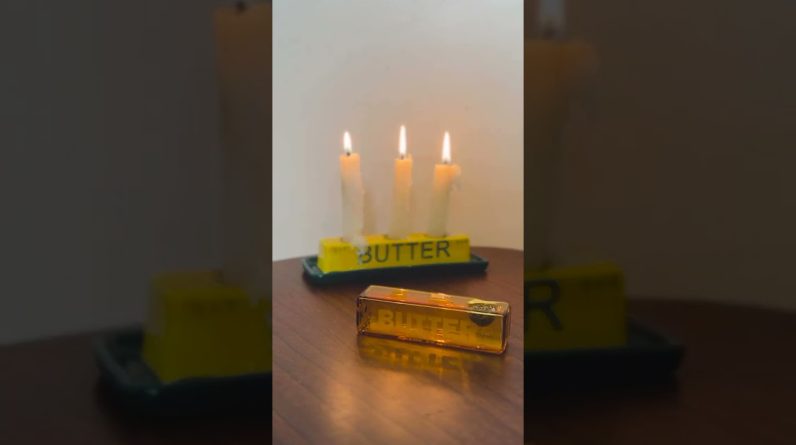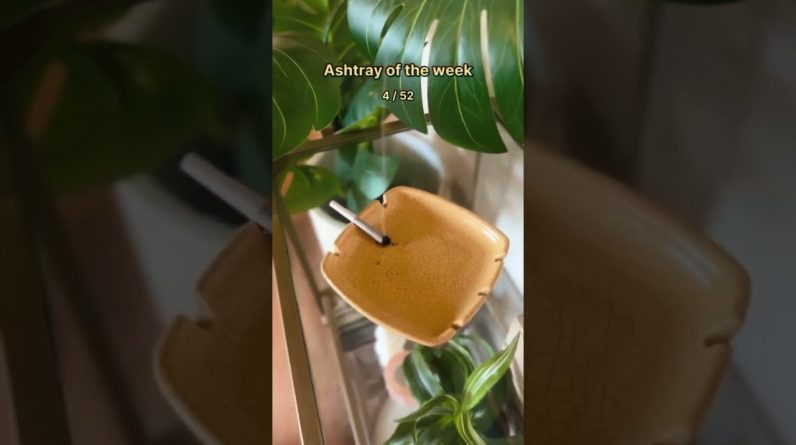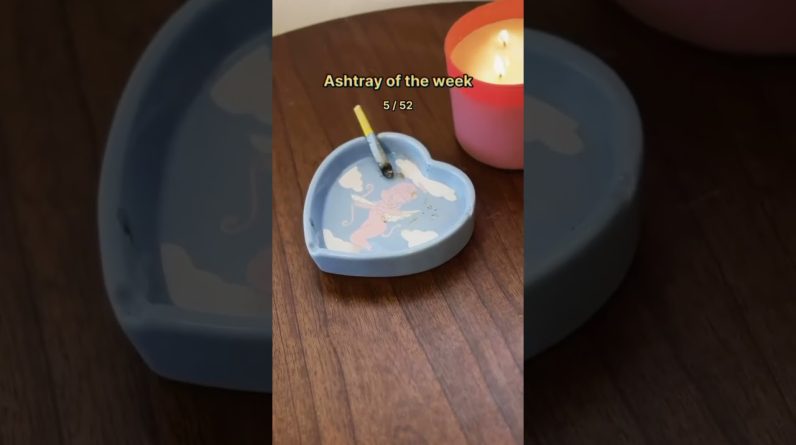By Mike Gianakos
In opposition to all odds, Excessive Instances turned an internationally identified journal, now celebrating 45 years of steady publication with greater than 500 points. There isn’t any query that the publication far exceeded the wildest, most formidable expectations of the women and men who first launched it to the world again within the mid-Nineteen Seventies.
Excessive Instances was based in 1974 by the political activist and ace marijuana smuggler Thomas King Forcade. Forcade, it’s stated, was the primary activist to make use of pieing as an act of protest, again in 1970. He was a superb and savvy media thoughts who co-founded and ran the Underground Press Syndicate, a community of counterculture publications, within the late Sixties. And he saved a few of these magazines afloat, simply as he later did with Excessive Instances throughout its lean years, with proceeds from his smuggling actions.
When Forcade conceived of Excessive Instances, it was, based on legend, supposed as a one-off spoof of Playboy, with hashish standing in for scantily clad girls. Nonetheless, some imagine that Forcade’s mission in creating this journal was no joke—even perhaps a protest in opposition to Richard Nixon’s conflict on weed. Nixon, in fact, hated marijuana and, much more so, marijuana people who smoke (he would have completely despised a marijuana journal being funded by pot-smuggling earnings). His Managed Substances Act of 1970 categorised hashish as a Schedule I drug with a excessive potential for abuse and no medicinal worth, and it’s the rationale pot continues to be federally unlawful right this moment.
Whereas it’s probably that Forcade would have been excited by the chance to create one thing that will each give a platform to the much-maligned marijuana plant and agitate his foes, it’s arduous to imagine he may have had any inkling of the just about rapid sensation Excessive Instances was about to grow to be. The journal that was conceived of throughout a nitrous oxide session was about to rival mainstream titles like Rolling Stone and Nationwide Lampoon in gross sales.
The primary difficulty of Excessive Instances debuted in the summertime of 1974 and was a large hit, rapidly promoting out its preliminary print run of 10,000 copies. The problem was reprinted twice and offered out every time. The long-lasting cowl of Excessive Instances No. 1 had rather a lot to do with the accomplishment. The picture of a younger lady tipping her head again in preparation for ingesting a shroom (which, in actuality, was a wonderfully authorized store-bought mushroom) was undeniably eye-catching. Because the cover-shoot photographer Robyn Scott defined, it was supposed to create the sensation of “Occurring a safari, a visit, escape from actuality. It was a few journey.” After all, the content material in Excessive Instances No. 1 additionally contributed to the difficulty’s success. Options touting the medical properties of hashish and the advantages of hemp had been nicely forward of their time, and an interview with a “woman seller” was sufficient to pique most Stoners’ curiosity. Clearly, this was content material you couldn’t discover anyplace else.
On the heels of the success of Excessive Instances No. 1, the second difficulty of HT rapidly offered out its 50,000-copy print run. Forcade and his outlaw publication had discovered an keen viewers. Quickly, Excessive Instances’s circulation would balloon to over half 1,000,000.
The Nineteen Seventies produced a number of the most iconic Excessive Instances covers, from the naked breast smothered in chocolate (October ’75) to the close-up take a look at a stay hashish plant (June ’76). Sure, it wasn’t till 1976, the tenth difficulty of Excessive Instances, {that a} stay pot plant appeared on the quilt. Hashish was such a taboo topic on the time {that a} naked, chocolate-covered breast was thought of the safer cowl picture by staffers. In time, hashish vegetation would grow to be a cover-image mainstay for the journal. As senior cultivation editor Danny Danko places it, “Folks like to see what their pot seems to be like when it’s rising.”
Different notable covers from this era embrace Andy Warhol with a Coke bottle (August ’77), the bananas cowl (September ’78), Dope & Intercourse (October ’78) and, in fact, Bob Marley (September ’76)—you possibly can learn extra about HTs traditional covers on web page 54.
The fast rise of Excessive Instances was the “publishing success story of the ’70s,” says former HT contributor Albert Goldman. The journal was in a position to showcase celebrities like Marley, Mick Jagger and Peter Tosh in addition to vital counterculture writers like Charles Bukowski, William S. Burroughs and Terry Southern. Based on Goldman, “Forcade would see the circulation double with each difficulty for years, till at its peak, in 1978, Excessive Instances was learn by 4 million folks a month [and] grossed 5 million {dollars} a 12 months.”
Then, on the top of his success as a writer, Forcade tragically took his personal life in 1978 on the age of 33. His lawyer, Michael Kennedy, would finally run the corporate and, certainly, lead Excessive Instances throughout a few of its most affluent years. Kennedy was a captivating character whose connection to the counterculture was primarily by the purchasers he ferociously defended, together with Huey Newton, Timothy Leary and members of the Climate Underground. Whereas Kennedy would finally take over as chairman, Excessive Instances was put right into a belief after Forcade died.
Because the journal continued on with out its founder and benefactor, it took a quick detour into arduous medication. Cocaine was typically discovered on the covers and within the centerfolds of the journal in the course of the early to mid ’80s. Inside, Excessive Instances’s famed Trans Excessive Market Quotations (THMQ), which gives readers with pot costs in numerous areas and has run in each difficulty of HT, included the going price for coke, methamphetamines, LSD and extra. The king of counterculture magazines was at a crossroads. Wouldn’t it proceed to embrace all medication, or would Excessive Instances kick the behavior and stick to hashish?
Fortunately, the journal’s management shifted within the late ’80s, and the editorial group of Steven Hager and John Howell made the clever determination to depart coke and different arduous medication behind, protecting the journal centered on selling pot. Round this time, Hager additionally made the journal’s first foray into the Dutch hashish scene, profiling grasp breeder Nevil Schoenmakers within the March 1987 difficulty. Hager felt he was on to one thing in Holland, the place, due to that nation’s tolerance of hashish, a strong breeding scene had developed. The next 12 months, 1988, Hager held the first-ever Hashish Cup in Amsterdam. This was a seminal second for Excessive Instances, because the occasion would proceed to be held for many years, turning into the largest hashish competitors on the planet, and finally spreading stateside when medical and adult-use legalization legal guidelines turned a actuality in America.
With the journal again on monitor, pot remained entrance and middle (together with choose celebrities and musicians). All through the ’90s and into the brand new millennium, cultivation articles took on an even bigger position in HT together with high-quality hashish pictures.
Nonetheless, an insidious DEA investigation practically introduced the corporate down simply because it was hitting its stride. Operation Inexperienced Service provider launched in October 1989 in response to the rise in residence cultivation on the time. The DEA focused advertisers in Excessive Instances and Sinsemilla Suggestions journal, together with Seed Financial institution of Holland proprietor Nevil Schoenmakers. The feds tracked shipments of develop gear offered by these advertisers and busted the recipients in an earnest effort to wipe out the cultivation trade. Inexperienced Service provider resulted in over 1,000 arrests and raids of practically 1,000 indoor develop ops. In the long run, Sinsemilla Suggestions was shuttered and Schoenmakers went on the run. Excessive Instances finally weathered the storm however the local weather of worry and uncertainty created by the operation had an enduring affect. It might be years earlier than the journal absolutely recovered.
Excessive Instances confronted its subsequent problem in 2004, when new management made the choice to take away marijuana altogether from the pages of the journal. The thought, as finest as anybody can inform, was to show HT right into a literary/counterculture/political journal. And whereas it may need appeared clever on paper, it didn’t work in apply as readers had been alienated by the brand new HT. Luckily, the corporate realized the error and, in 2005, introduced hashish again to Excessive Instances with a triumphant cowl asserting that “The Buds Are Again!” over a backdrop of Strawberry Cough nugs. Instantly, the journal regained its viewers, and hashish has been the focus of Excessive Instances ever since.
As Excessive Instances heads into a brand new decade, navigating a digital world, the main focus stays mounted on pot. And we hope you, loyal reader, will proceed to benefit from the marijuana journalism, pictures and cultivation ideas you discover within the pages of this journal.

Learn the total difficulty right here.
The publish From the Archives: A Temporary Historical past of Excessive Instances (2019) appeared first on Excessive Instances.





